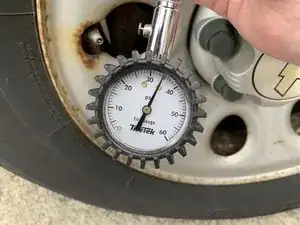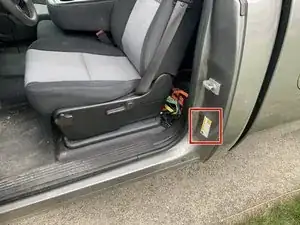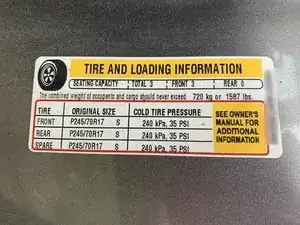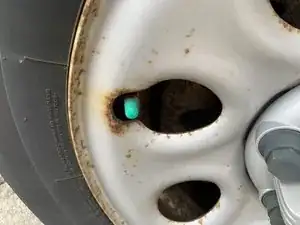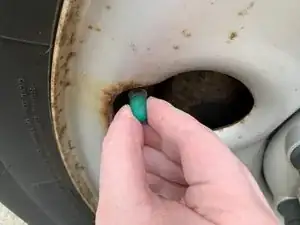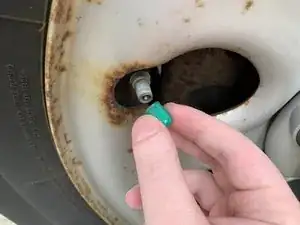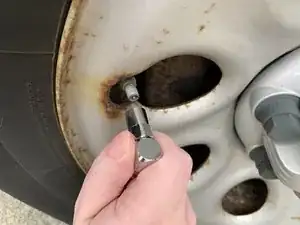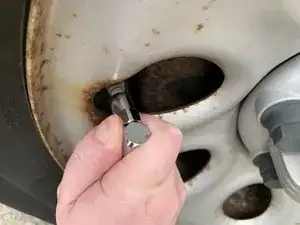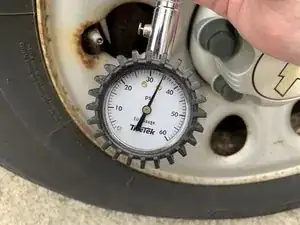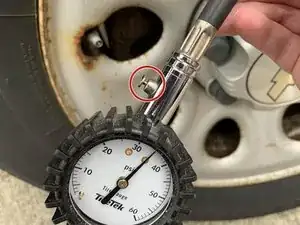Introduction
Your car’s tires need the proper amount of air to ensure optimum performance. Underinflated tires can cause premature tire wear and poor gas mileage, while overinflated tires can result in poor handling and control.
To make sure your tires are properly inflated, periodically check the tire pressure—ideally every time you fill up your gas tank.
Tools
-
-
Your car's tire pressure information is likely located inside the car door frame toward the bottom.
-
-
-
Each tire has a valve stem located on the outer part of the wheel that sticks out.
-
Remove the cap by unscrewing it counter-clockwise and set it off to the side.
-
-
-
Place the stem of the tire pressure gauge onto the tire's valve stem and push on it with a decent amount of force.
-
After a second or two, remove the tire pressure gauge. Again, you'll hear a brief hissing noise.
-
-
-
Check the gauge to see what the tire pressure is. If it's low, add air to the tire until the gauge reads the proper tire pressure.
-
To reset the gauge to zero, press down on the gauge's bleeder valve.
-
